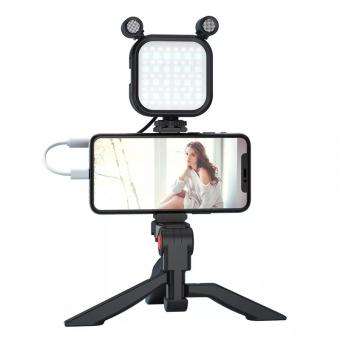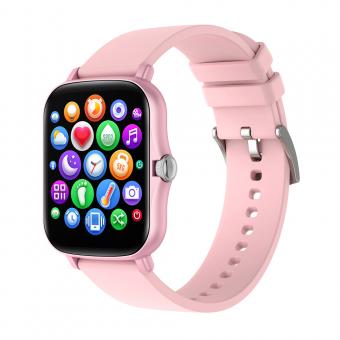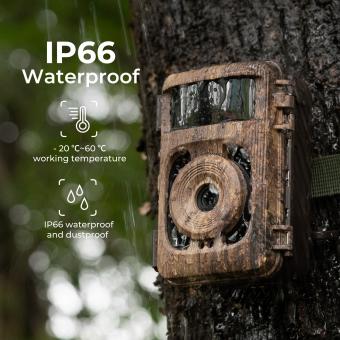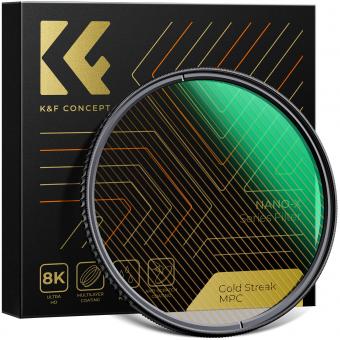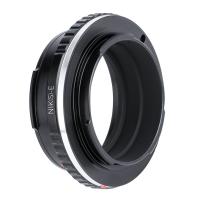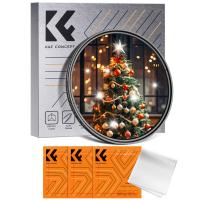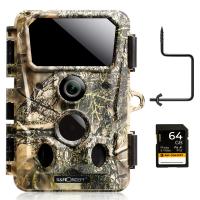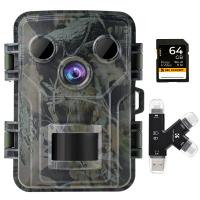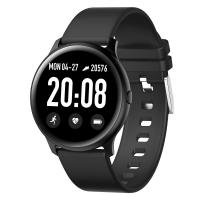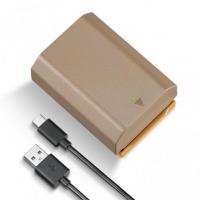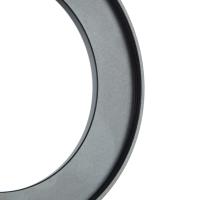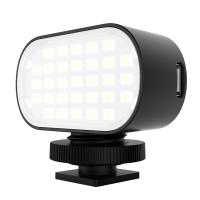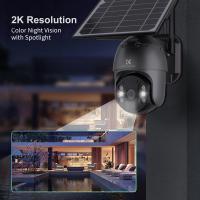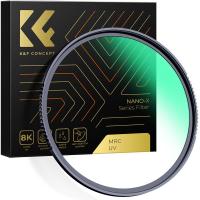Reviews
A good quality filter, essentially free of chromatic aberration, flare and ghosting.
Speaking of myths, what do UV filters do? Originally, UV filters and their cousins, Haze filters, were placed in front of the lens to mitigate the effects of UV light on panchromatic and color films because they are close to blue in the light spectrum. This is not a problem in digital photography. Some (here) say that a UV filter prevents UV damage to the lens or its coatings. Interesting, but I've never heard this claim before and couldn't find a knowledgeable photographer who did it via a web search. Some say that a UV filter can protect a lens from breaking if dropped. Most photographers/lens manufacturers agree that today's lenses are far more robust than a UV filter, which can very well be broken if the lens is dropped. Some say that a UV filter can cause flare or ghosting (especially in high-contrast scenes) in the final image. Most photographers report that when such an event happens, it is barely noticeable. UV filters serve a practical purpose in digital photography: they prevent scratches and foreign objects from coming into contact with the front part of the lens. The point is that dust, sand, saliva, sweat, rain, snow, salt spray, etc. are easier to clean off a filter than a lens, while protecting the lens from relentless, potentially abrasive cleaning programs. I got this filter to test for chromatic aberration, flare and ghosting - while using it as a lens protector. I haven't noticed any significant effects. If I want to be picky, very high contrast scenes (bright lights on a dimly lit street) can have a bit of ghosting. The filter is well made, robust and has no visible flaws in the glass or coatings. Without wishing to demean anyone, I suspect that the average photographer would not see any negative effects in their images due to this filter. I received the 72mm, which I fully recommend.
24/02/2023
Related Articles
Top Bestselling Products
Products You May Like
Blog You May Like
Related searches






